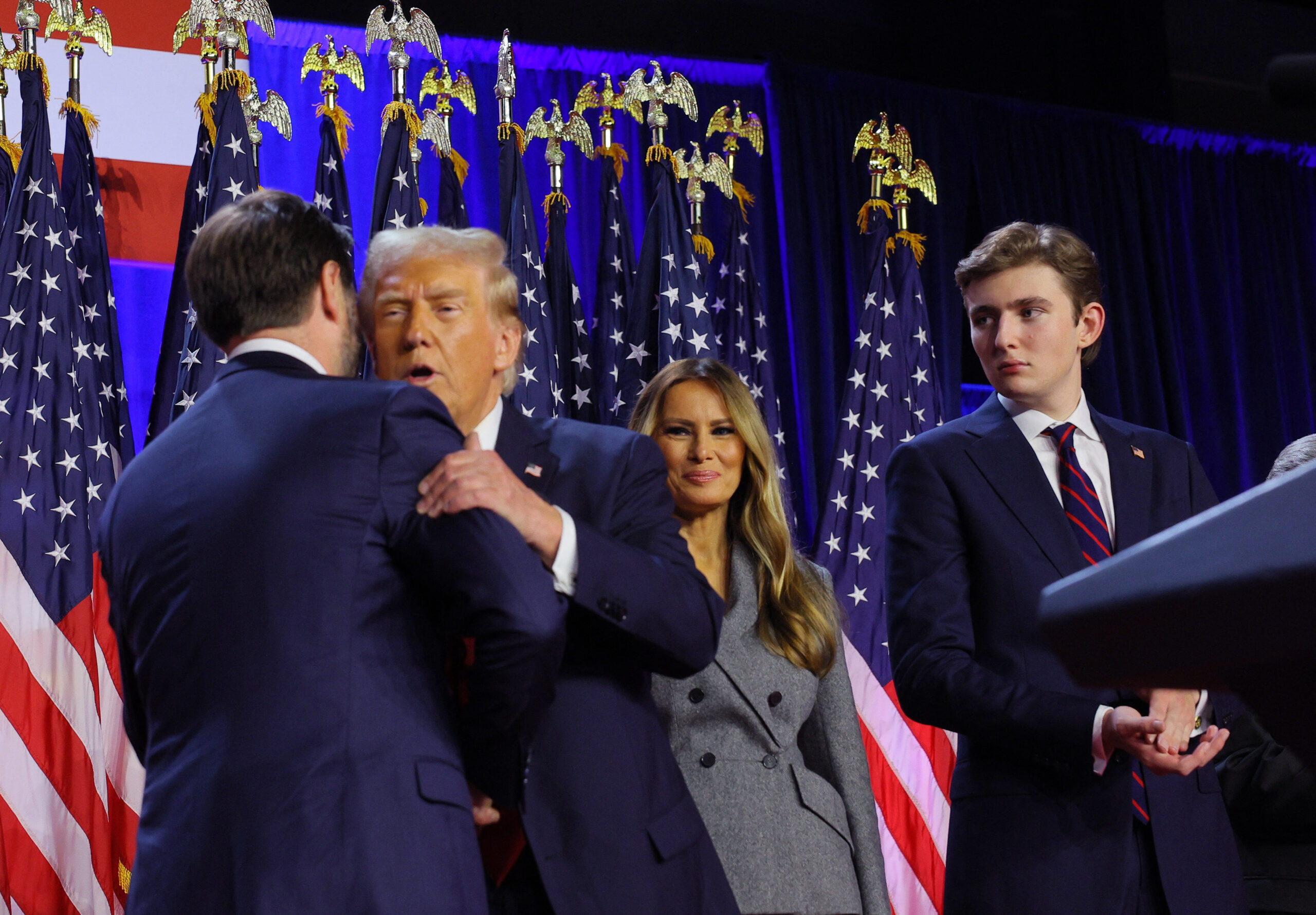The 47th President of the United States is Donald J. Trump, who won the 2024 presidential election, marking his return to office after serving as the 45th president from 2017 to 2021. This makes Trump the second president in U.S. history, after Grover Cleveland, to serve non-consecutive terms. Trump defeated Vice President Kamala Harris in the 2024 race, securing victories in key swing states, which propelled him to the presidency once again.
Economic Policies: Tax Cuts and Deregulation Boost Sectors but Pose Inflation Risks
In Trump’s latest term, the focus on reducing corporate taxes and deregulation could fuel corporate profits and growth, especially within consumer-focused and financial industries. According to analysts, a potential reduction in the corporate tax rate could translate into higher earnings for sectors sensitive to tax changes, such as finance, communication, and consumer discretionary goods. This shift aligns with Trump’s goal to promote domestic growth by incentivizing corporate spending and investment.
However, Trump’s well-known preference for tariffs, particularly those targeting Chinese imports, introduces potential inflationary pressures. While this approach may protect American businesses, it could lead to increased production costs and ultimately higher consumer prices. Experts suggest that high tariffs, combined with restricted immigration policies, might drive up costs, limit GDP growth, and impact the stock market negatively. In fact, Bank of America estimates that a potential 60% tariff on China could lower the S&P 500’s earnings per share by over 3%
These policies create a mixed forecast for the U.S. economy, with potential gains in corporate profits counterbalanced by long-term inflation risks and possible constraints on consumer spending power.
Cryptocurrency Outlook: A Cautious Optimism with Crypto-Friendly Advisors
Trump’s stance on cryptocurrency has evolved over the years. Though previously critical of digital assets, Trump’s latest administration might adopt a more favorable view on crypto due to the influence of advisors like Vice President Vivek Ramaswamy, who is known for his crypto-friendly stance. This shift could bring positive developments for the cryptocurrency market, potentially attracting more institutional investors and encouraging further adoption.
The timing of Trump’s return to office also coincides with Bitcoin’s 2024 halving event, an event historically linked to bullish trends in crypto markets. Analysts believe this alignment could support Bitcoin’s performance, particularly if Trump’s administration adopts crypto-friendly regulatory measures. Ramaswamy’s influence may push for more streamlined regulatory frameworks that favor digital assets, giving the crypto market a potential boost.
Yet, caution remains warranted. Trump’s policy shifts may be subject to broader market priorities, and his historical inconsistency on crypto could lead to an unpredictable regulatory landscape. Some experts advise a “wait-and-see” approach, as Trump’s stance on crypto could fluctuate, affecting market sentiment and price stability in both the short and long term.
Conclusion
The return of Donald Trump to the White House could mark a period of economic expansion and a changing regulatory landscape for cryptocurrency. Whether you’re a traditional investor or a crypto enthusiast, keeping an eye on policy changes, market reactions, and inflation indicators will be essential in navigating this unique economic environment.
Disclaimer: The article does not constitute financial, investment, or trading advice. It is recommended that readers consult with qualified financial advisors, conduct thorough due diligence, and consider their individual financial circumstances and risk tolerance before making any investment choices.


















